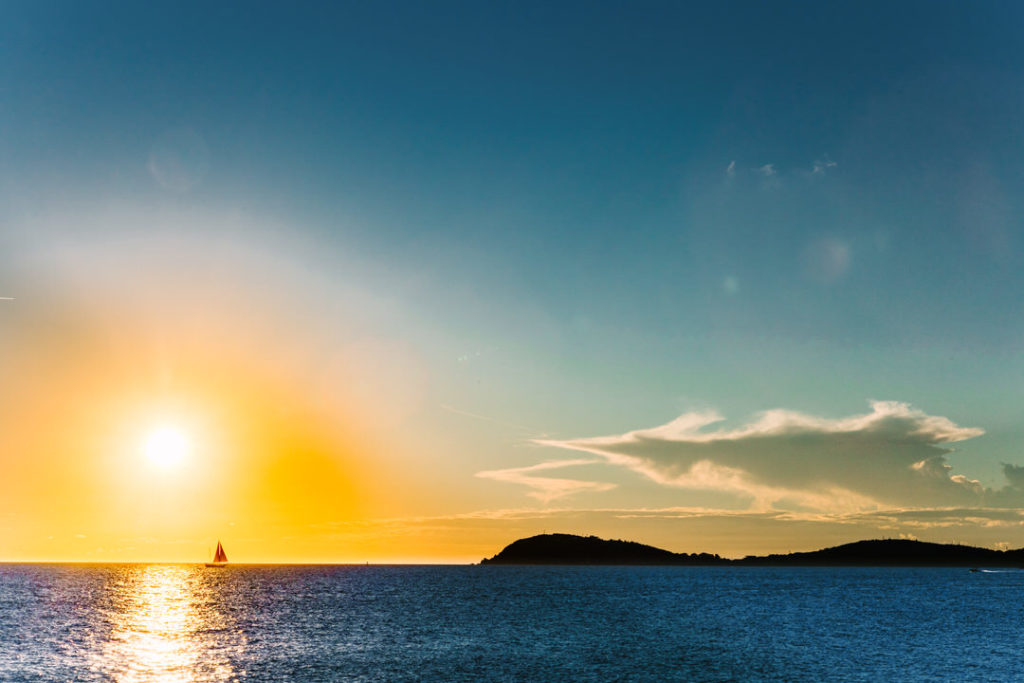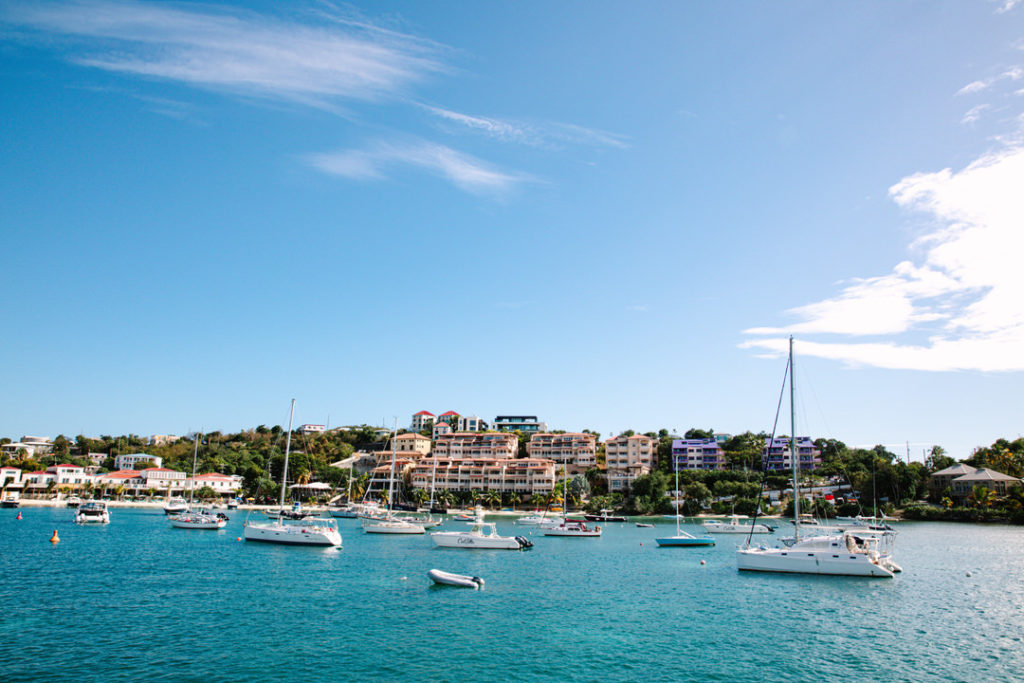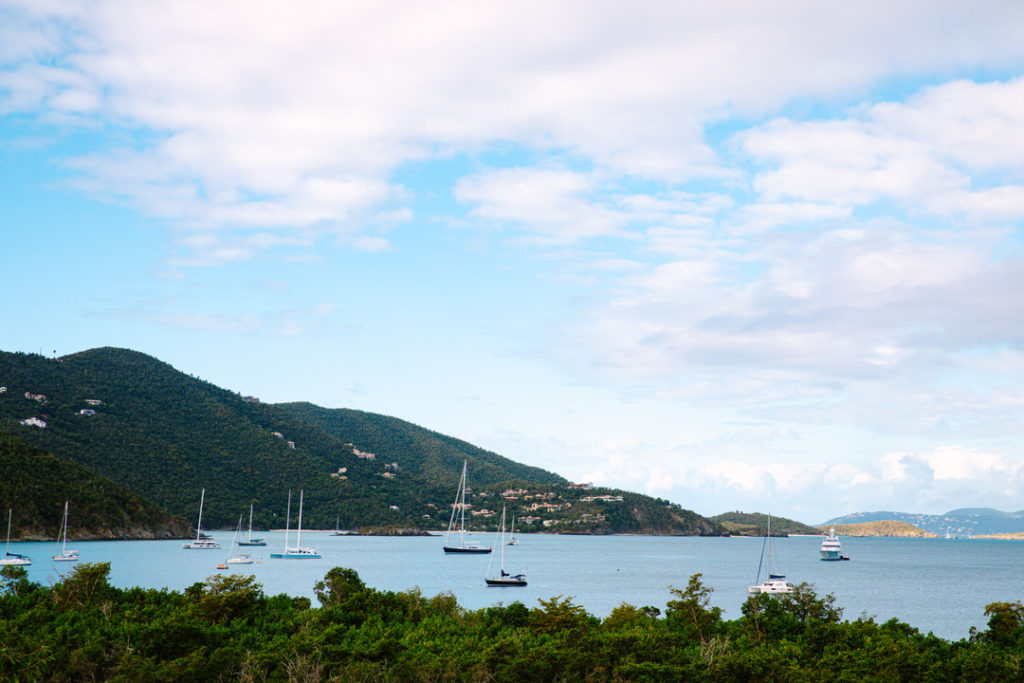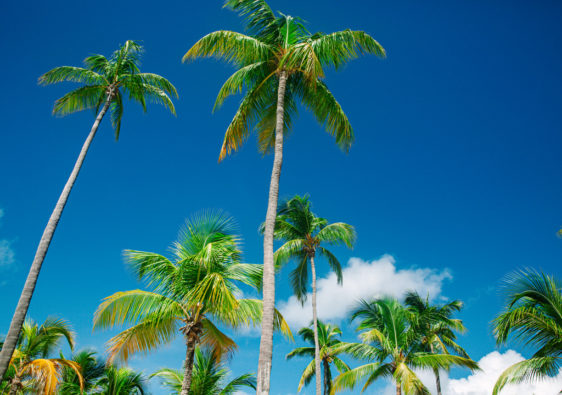The United States Virgin Islands, a group of islands in the Caribbean Sea, are known for their beautiful beaches, crystal-clear waters, and stunning landscapes. But did you know that each of the three main islands – St. Thomas, St. John, and St. Croix – has a unique nickname? In this blog post, we’ll explore the history behind these names.
Why St. Thomas is called “Rock City.”
St. Thomas is the second largest island in the US Virgin Islands, after St. Croix, and is a popular destination for tourists worldwide. Its rugged terrain, stunning beaches, and vibrant culture make it a unique and exciting place to visit. St. Thomas is often referred to as “Rock City.” This nickname has nothing to do with music or the arts but refers to the island’s rocky terrain. St. Thomas is a hilly island with many rocky cliffs and formations, which give it a rugged and distinctive appearance.
The island’s nickname, “Rock City,” is also reflected in its history. In the late 1800s, the Danish government, which controlled the Virgin Islands then, built a series of forts and gun emplacements on St. Thomas to protect the island from potential attacks. These forts, including Fort Christian and Fort Frederick, are popular tourist attractions.

St. Thomas is also known for its bustling port, a major cruise ship and cargo vessel hub. In addition, the island’s capital, Charlotte Amalie, has many shops, restaurants, and historical landmarks, including the St. Thomas Synagogue, one of the oldest synagogues in the Western Hemisphere.
In addition to its rocky terrain, St. Thomas is also famous for its coral reefs, which attract divers and snorkelers from around the world. The island’s underwater world is home to many species of marine life, including colorful fish, sea turtles, and even dolphins and whales.
Whether exploring the island’s rugged cliffs, soaking up the sun on its beautiful beaches, or enjoying its vibrant culture and history, St. Thomas truly lives up to its nickname of “Rock City.”
Why St. John is called “Love City.”
St. John is the smallest of the three main islands in the US Virgin Islands and is known for its natural beauty and laid-back vibe. The island is mainly covered by a national park protecting its pristine beaches, lush forests, and vibrant coral reefs.
St. John’s nickname, “Love City,” has its roots in the island’s unique history. In the 1960s, artists, writers, and musicians moved to St. John and established a vibrant community of free-spirited individuals. They were drawn to the island’s natural beauty and the sense of freedom and creativity it inspired.
This community, which came to be known as the “Love Generation,” embraced the ideals of peace, love, and freedom that were central to the counterculture movement of the time. They built homes, established businesses, and created a community that was open, welcoming, and supportive of one another.

Over time, the nickname “Love City” became associated with St. John’s laid-back and loving atmosphere. Today, visitors to the island can experience this same sense of community and connection, whether they’re exploring the island’s natural wonders, relaxing on its beautiful beaches, or enjoying the local cuisine and culture.
In addition to its rich history and unique culture, St. John is also known for its stunning beaches, including Trunk Bay, considered one of the most beautiful beaches in the world. The island’s coral reefs are also a major draw for divers and snorkelers, who come to explore the vibrant underwater world that surrounds St. John.
Whether you want to unwind and relax, explore the island’s natural wonders, or connect with a vibrant and welcoming community, St. John truly lives up to its nickname of “Love City.”
Why St. Croix is called “Twin City.”
St. Croix is the largest of the three main islands in the US Virgin Islands. It is known for its rich history, vibrant culture, and stunning natural beauty. The island was initially inhabited by the Carib and Arawak peoples. It was later colonized by the Spanish, Dutch, English, and French before becoming a part of the United States in 1917.
St. Croix’s nickname, “Twin City,” has its roots in the island’s two main towns, Christiansted and Frederiksted. These two towns, located on opposite ends of the island, were established during the colonial period and served as important centers of commerce and culture.
Christiansted, located on the island’s northeast coast, was founded by the Danish in the mid-18th century and served as the capital of the Danish West Indies. Today, it is home to many historical landmarks, including Fort Christiansvaern, built to protect the island from pirates and other threats.

Frederiksted, located on the island’s west coast, was founded by the Danish in the 18th century and served as an important port for the island’s sugar and rum industries. Today, it is home to many beautiful beaches and historic landmarks like Fort Frederik, which played a crucial role in the island’s defense during the colonial period.
In addition to its rich history and vibrant culture, St. Croix is known for its stunning natural beauty, including its pristine beaches, lush rainforests, and vibrant coral reefs. The island’s Buck Island Reef National Monument, located just off the coast of St. Croix, is a popular destination for snorkelers and divers who explore the colorful underwater world surrounding the island.
Whether exploring the island’s history and culture, soaking up the sun on its beautiful beaches, or exploring the natural wonders surrounding it, St. Croix truly lives up to its nickname of “Twin City.”
Regardless of the origin of these nicknames, they are an essential part of the culture and identity of the United States Virgin Islands. Whether you’re exploring the rocky cliffs of St. Thomas, soaking up the love in St. John, or experiencing the diverse culture of St. Croix, there’s something special about each unique island.




